Frozen is coming to the fore as shoppers feel the cost-of-living chill
1. Retailers are going big on frozen
2. The home freezer is the new snack cupboard
3. Meat-free is bringing new consumers into the frozen category
4. The cost-of-living crisis is driving frozen sales
5. Frozen shoppers put 75% more items in their basket
6. HFSS means making room for healthier options
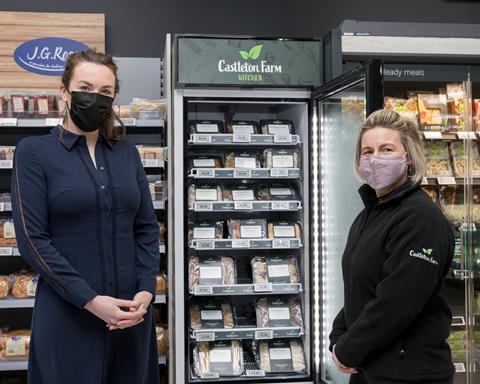
1. Retailers are going big on frozen
Have consumers’ once-icy attitudes towards frozen food thawed of late?
By the end of last year, the category had grown by +11% during the two years from 2019 (Kantar), as shoppers enjoyed more meals at home as the working from home culture and nights in were a more common occurrence, notes Birds Eye.
“Despite seeing a dip in frozen sales in the convenience channel over the last 12 weeks, driven by lapping the strong sales seen during lockdown, it’s clear to see that the last few years have seen the consumption of frozen food on the rise, with people no longer just filling their freezers to have ‘emergency’ options to hand,” says Joss Bamber, head of convenience channel at Birds Eye.
Sales at Scottish co-operative Scotmid seem to prove that the category is coming out of the cold.
“Our frozen market has seen strong double-digit growth against pre-pandemic figures across all sections,” says Daniel MacNamara, head of category at Scotmid, which has recently introduced Castleton Farm, a locally-produced frozen range, across selected Aberdeenshire stores.
“Frozen Savoury saw significant growth during lockdown as more customers reduced the number of visits to shops,” he says. “We are continuing to see strong growth in both Frozen Confectionery and Savoury compared to 2019. However, it has settled down a little versus last year’s pandemic-boosted figures.”
Where pre-pandemic the category was considered second-rate by some, today a triple-whammy of thrift, food waste concerns and convenience have fired-up the freezer.
“Customers no longer see the frozen food category as a compromise – the range has seen a lot of innovation and has improved in quality,” explains MacNamara.
“[Shoppers] tend to look to bulk buy in store and see frozen food as offering value for money and a great way to reduce waste. It can also provide a solution to those customers with less time to prepare and cook food.”
Fellow Scot Anand Cheema from Falkirk’s refit has doubled his freezer space. He fills it with everything from veg, to ice cream and chips, to locally-sourced Indian meals. Anand says that his sales have doubled as a result. “A lot of it is down to convenience for customers,” he says. “We have things like sliced peppers, onions and mixed veg. For customers it’s just so much easier and quicker to use than, y’know, slicing up the ingredients for a recipe yourself. Then you can just reseal it and put it back in the freezer for later.”
Pinny Sohal from Premier Winsford in Cheshire is also enjoying the flexibility of a bigger frozen offer. “In our last store we had a two-door freezer, now I’ve got a six-door freezer – it’s working much better for me,” he says.
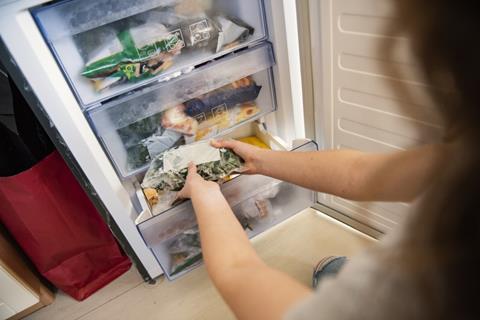
2. The home freezer is the new snack cupboard
Very few people mess around making lunch with frozen food at the office or factory. But the growth in WFH means that the freezer is now considered a second snack cupboard at home.
In-home frozen meal occasions grew 12% in 2021 vs 2019 (Kantar). “As flexible working became more prevalent, we saw shoppers opt for the freezer more often with the lunchtime occasion seeing the greatest increase,” says The British Frozen Food Federation’s (BFFF) 2022 Frozen Food Report. “As mealtimes and occasions became less formal, we have also seen considerable growth in snacking categories across both savoury frozen, desserts and ice cream.”
Mars Chocolate Drinks and Treats has certainly benefitted from this, with general manager Michelle Frost claiming it has been “a major factor in the phenomenal growth of our handheld ice creams across all channels”.
“As the UK continues to predominantly work from home, shoppers are seeing the freezer become an extension of the traditional snack cupboard,” she says. This summer saw the firm introduce Skittles Stix and Starburst Ice Lolly handheld lines in single and multipack formats.
Pinny says that ice cream multipacks are a big driver. “Multipacks are selling really well for me,” he grins. “One Magnum costs £2 and with a multipack you can get four for £4. Also Ben & Jerry’s absolutely flies off the shelves when it’s on offer. With the hot weather we’ve had the ice creams just completely sell out. We just wouldn’t have had the space to sell as many with the old [smaller] freezer.”
ADVERTISEMENT
Dr Oetker’s freezer pleasers offer great value

As household budgets continue to come under pressure, we expect frozen pizza will continue to grow, with more households using freezers to manage budgets & waste.
Great value has always been synonymous with frozen, and pizza in particular, with promotions driving incrementality and playing a big role in the category. Smaller store formats can deliver both the excitement of a great deal, together with year round value by stocking price marked packs from best-selling brands. As well as PMP’s in all core Chicago Town ranges, including Tiger Crust, Dr. Oetker also recently added PMP’s to its best-selling Ristorante brand.

3. Meat-free is bringing new consumers into the frozen category
Frozen plant-based products have had a boom in popularity, achieving sales growth of 16.8% since 2019 (Kantar).
According to the BFFF 2022 Frozen Food Report, meat substitutes, such as sausages and burgers are particularly significant for the frozen plant-based sector, accounting for 82% of sales, with the remaining 18% made up of conventional ‘veg forward’ products (Nielsen Scantrack).
Meat-free staple Quorn claims to be the biggest penetration driver, bringing the most new customers into the frozen category (IRI).
“The pandemic and subsequent lockdowns led to an increase in frozen meat free sales, as shoppers cooked at home more often, looked to fill the freezer with bigger pack formats and visited the supermarket less,” says Gill Riley, marketing director at Quorn Foods UK.
“Although category growth has slowed since restrictions were lifted, it broadened the consumer base opening shoppers to the benefits of frozen meat free, resulting in renewed demand for convenient and tasty options.”
Quorn kick-started 2022 with a new range of c-store friendly choices at a keen RRP, including Quorn Southern Fried Wings at £3.
“This latest NPD satisfies meat-free consumer demand, helping to drive basket spend and impulse purchases, whilst also attracting new shoppers to try meat free,” says Riley.
Anand says that there’s definitely “scope” for smart meat-free options in his freezers.
“[The category} is getting there but it’s going to take time,” he says. “The awareness isn’t there yet. But we’re seeing a good uplift and products like Linda McCartney Sausages and burgers do well during BBQ season. So there’s definitely scope.”
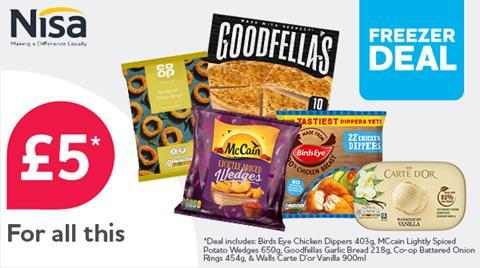
4. The cost-of-living crisis is driving frozen sales
“The cost-of-living challenges have already made a noticeable impact upon consumer shopping behaviours,” says Birds Eye’s Bamber.
“In the last 12 weeks we have seen a significant rise in shoppers moving to the convenience channel from Online, Supermarkets and Freezer centres [Kantar Worldpanel]. This increase in convenience channel footfall is good news for retailers looking to maximise their frozen food sales. With more consumers relying on frozen products for their quality, convenience and value for money, this represents a real opportunity for retailers to tailor their frozen offering and meet consumer demand.”
He claims that frozen is already on the front foot as it is well established as a value for money category. “Frozen food has always played an important role in helping shoppers get more for their money, offering consumers longer shelf-life and greater portion control which helps reduce food waste and therefore allows budgets to stretch further,” he says. “The extended life of frozen products also allows for larger formats, which often come with monetary savings as price per kilo reduces. In fact, when swapping like for like fresh and frozen products, shoppers can make a saving of almost 25% on average, while receiving up to 50% more for the same price.”
Frozen’s cost-efficient image makes it a natural for meal deals. And at the moment retailers are stepping up with offers like Premier’s keen two pizzas plus ice cream for a fiver offer.
Pinny says that meal deals go down very well at his stores.
“Deals are a big part of what we do whether it’s on a bag of chips or one of our meal deals. I think people like the value,” he says.
Nisa’s offline marketing lead, Chris Walker, says that the appeal of Nisa’s meal deal is simple. “Nisa’s frozen deal continues to attract custom for a number of reasons: it is convenient, has a long shelf life, comprises recognisable and trusted brands, and provides a filling and tasty meal for the whole family without breaking the bank,” he says.

5. Frozen shoppers put 75% more items in their basket
Lumina Intelligence
According to the stats, frozen is a basket-booster as shoppers stock up on different components to make their meal.
“Frozen food continues to represent a strong sales driver for retailers, with frozen shoppers putting 75% more items in their basket per shop than the average convenience shopper, and spending 134% more than average [Lumina Intelligence],” says Bamber.
Anand says that having separate freezer spaces in the shop can actually reduce spend. Instead, he believes it’s better to keep frozen food together – including impulse.
“I think people obviously use a lot of Maxivisions in shops and they take up a huge amount of room,” he says.
“But if you can incorporate your impulse ice cream into your main section, just using dividers, simple things, I think you’ll have a lot of more impact because it’s visually better. It allows people to trade-up from buying one Cornetto to getting a bigger box. So you’re increasing your basket and making better use of your space.”

6 HFSS means making room for healthier options
Stores affected by the upcoming HFSS (High fat, sugar and salt) legislation, which comes into force in October, will not be able to display HFSS products on gondola ends, which includes freezers. As a result, healthier lines may have a chance to shine. “It’s crucial that retailers not only understand the legislation, but are ready to stock non-HFSS products that consumers will be on the lookout for,” says Bamber.
“While pizza isn’t known for its health credentials, non-HFSS pizza is one way in which manufacturers and retailers can help to empower more positive food choices, benefitting the health of shoppers.” He claims that Goodfella’s top-selling Thin Margherita and Thin Pepperoni will both be non-HFSS by October, while all of Birds Eye’s chicken, fish and meat-free products and Aunt Bessie’s Yorkshire Puddings and Roasties are already non-HFSS. “Products like ours will also help retailers to make conscious steps towards improving their shoppers’ basket choices,” he adds.

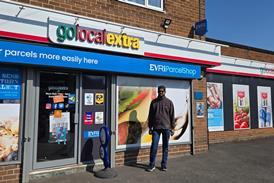



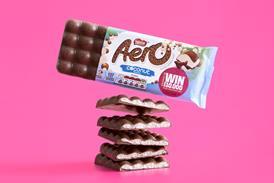

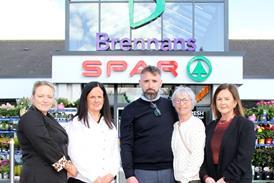
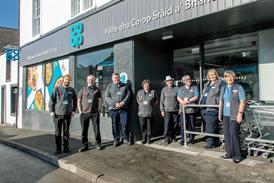


![WG-4003[58]](https://d2dyh47stel7w4.cloudfront.net/Pictures/274x183/4/5/1/353451_wg400358_6083.jpg)


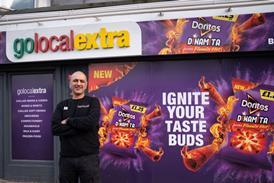


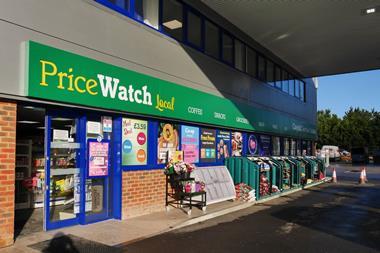
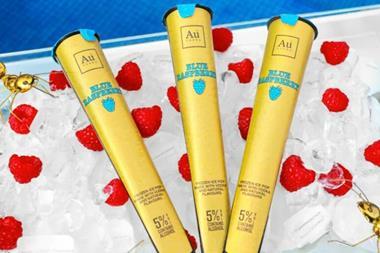
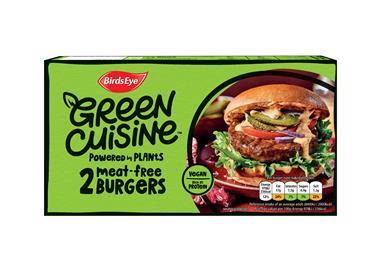


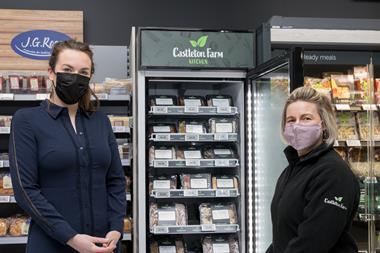




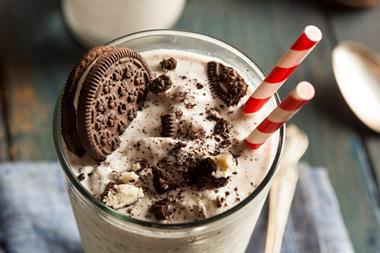

No comments yet